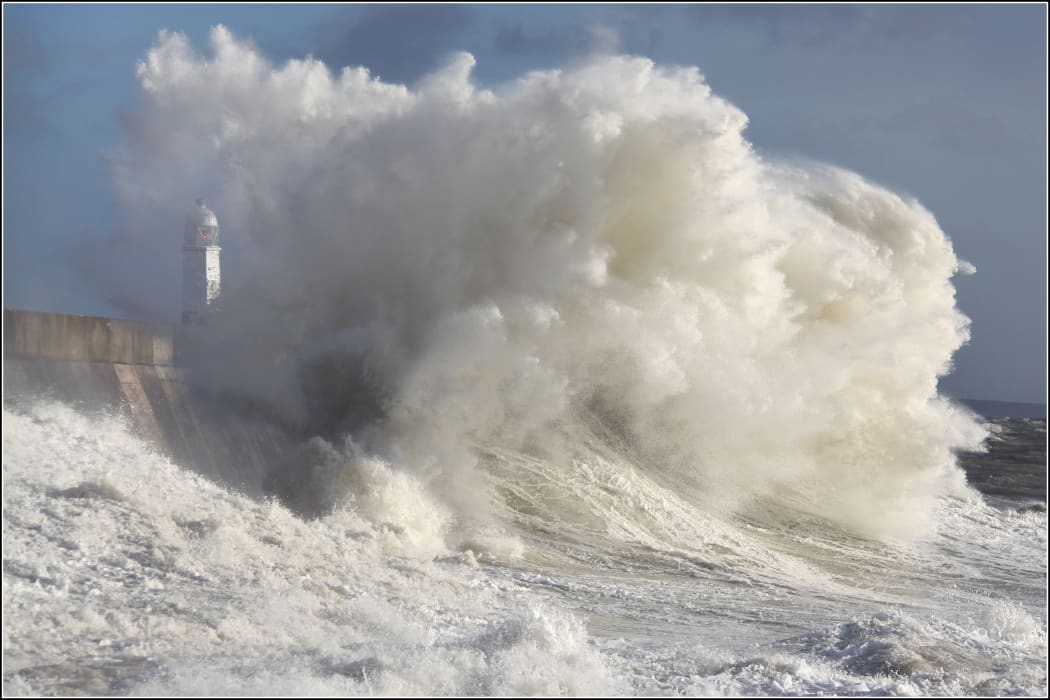In mid-July, RNZ reported the Maritime Union claiming that “a rogue wave may have caused two trailers to break their storm chains and topple off a Bluebridge ferry crossing the Cook Strait.”
And in September 2015 RNZ also reported that “an Auckland ferry company blamed a rogue wave for injuring two of its passengers on a ferry headed for Waiheke Island.”
So, what is a rogue wave?
Craig Stevens is an ocean physicist at NIWA and the University of Auckland, and he says they are unusually large waves, that are much larger than the background sea state. He also says they are very rare.

Rogue waves are many times larger than the prevailing sea state Photo: CC 2.0 Ben Salter
According to Wikipedia, “the first scientific evidence of the existence of rogue waves came with the recording of a rogue wave by the Gorm platform in the central North Sea in 1984. A stand-out wave was detected with a wave height of 11m in a relatively low sea state.[5] However, the wave that caught the attention of the scientific community was the digital measurement of the "Draupner wave", a rogue wave at the Draupner platform in the North Sea on January 1, 1995, with a maximum wave height of 25.6 metres (peak elevation of 18.5 metres).”
“They’re considered to be something you find mainly in deep water, and that’s not where we have a lot of wave measurements,” says Craig.
University of Auckland physicist optical physicist Miro Erkintalo is part of an international team investigating how lasers and optical fibres can be used to understand rogue waves. While it is impossible to study rogue waves at sea, as they are uncommon and unpredictable, optical rogue waves can be studied under controlled conditions in the lab.
Craig says that normal waves are caused by wind pulling up the surface of the water, and he says that waves are able to travel for incredibly long distances across the world’s oceans. Rogue waves are an interaction between wind and currents, but no one understands exactly how or why they form.
Craig works on understanding the strong tidal currents that move through Cook Strait, which he acknowledges is one of the most turbulent stretches of water in the world.

